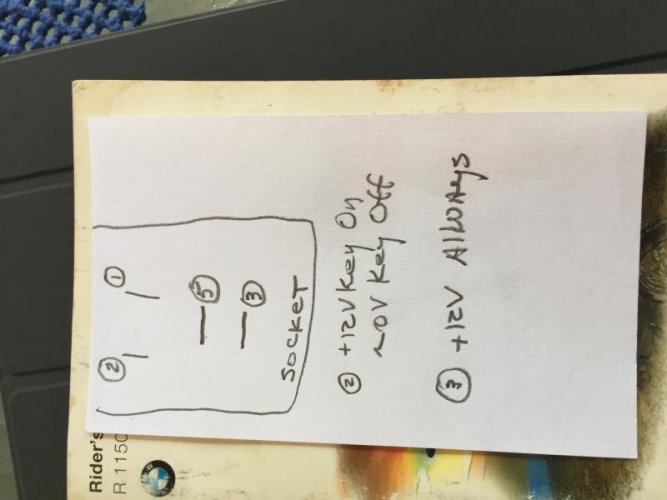noobus1100
New member
After doing what you suggested, NOTHIN'. I know what your talking about because the two times I had it running I remember the distinctive whirring. How long before the gas in the tank becomes crap? It's been inPut the bike up on the center stand, and raise the side stand. Make sure the "kill switch" is centered in the run position. Get your head near the gas tank and turn the key to the ON position. You should hear a whirring or soft rumbling sound coming from the gas tank. It should last for about a second, then stops. With the key in the ON position your RID (rider info display) on the right side of the dash should be displaying the time, gear indicator and fuel level. If you have gear indicator and fuel on the RID, you should be able to turn the ignition key off and on and each time you turn it on the fuel pump should cycle for a second. If you don't hear anything from the tank, that' s a problem. Report back.
there since April (that's when I got it). Who knows how long before that (7 years??). I added another gallon of premium last week. Thanks, Wayne.


